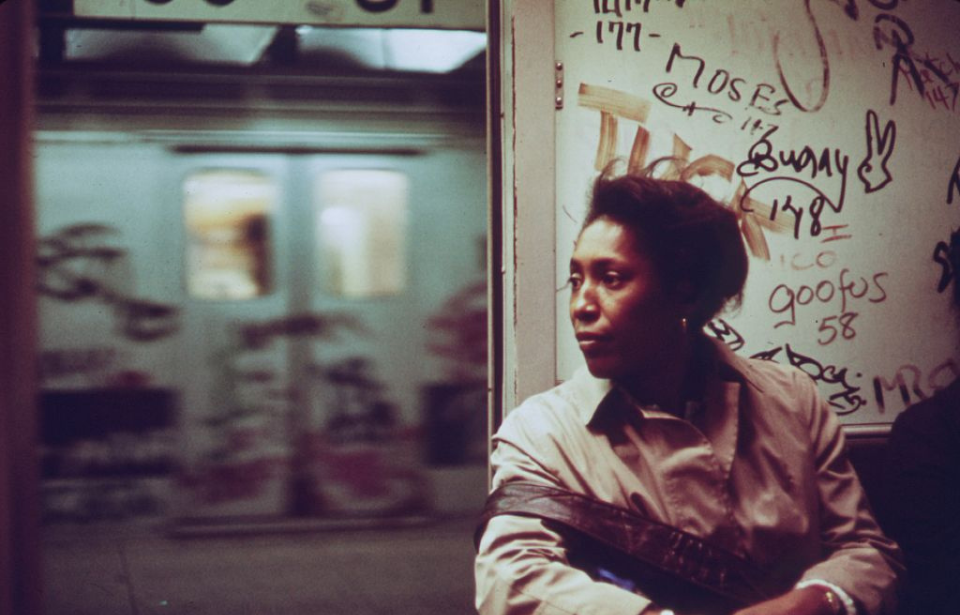New York City’s subway in the late 1970s and ’80s looked like it came straight out of the Walter Hill cult classic, Warriors. Graffiti-covered train cars, poverty-stricken beggars and addicts, and colorfully dressed gang members were a normal sight back then.
Crime rates skyrocketed during the 1970s as the NYC subway proved to be the most dangerous transit system in the world. In September 1979, there were 250 felonies reported per week – all going down in the dark tunnels of the subway system.
Together with the drug epidemic which forced its users into the underground, it was truly a sad sight to look upon. Gangs such as Black Spades, The Satan Souls, The Devil Rebels, and Imperial Survivors, to name a few, kept their turf strict, partitioning the underground sections as well.
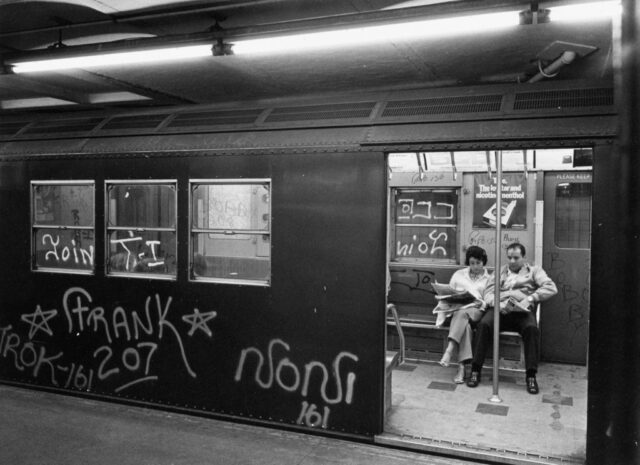
Due to the high mortality rates among gang members of the time, Luis Garden Acosta, a community leader and the founder of a grassroots environmental justice coalition, called the streets of Williamsburg, Brooklyn, “killing fields.” Rightfully so, for many teenagers were injured or killed due to violent turf wars which raged all over New York’s poorest neighborhoods.
As a response to such violence, the police had to develop new tactics, strung between the necessity to control the rampant crime rates and the forever-shrinking budget.
Even though their presence was on a high level since the 1960s, when around 3,100 officers patrolled the subway as part of the Transit Police force, various reports from the late 1970s challenged their effectiveness.
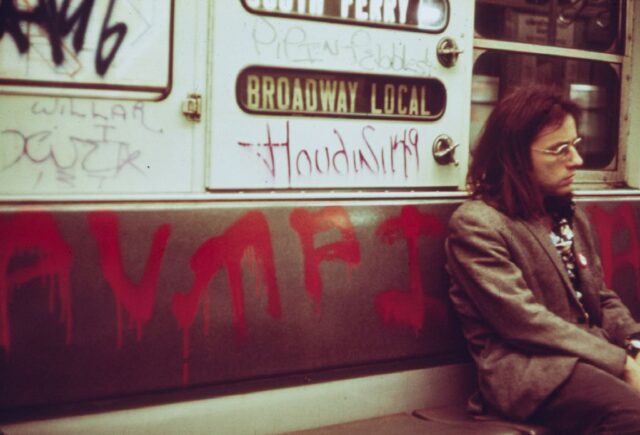
For one, the MTA (Metropolitan Transportation Authority) used different radio frequencies, causing unnecessary confusion. Secondly, the Transport Police patrol patterns quickly became predictable, enabling the felons to effectively avoid them and thus be one step ahead.
In July 1974, another surge of violence in the subway led the MTA to shut down the rearmost cars of trains at night. Over the course of a decade, the MTA would lose an estimated 300 million subway riders because of its bad reputation for being a hotbed of criminal activity.
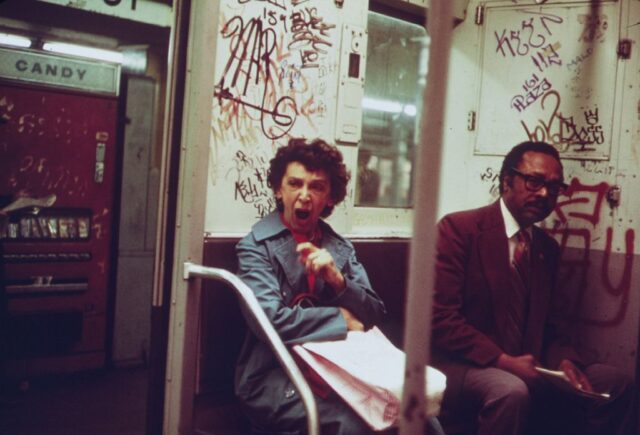
Two hundred potential felons were arrested in December 1977 during a police operation titled Subway Sweep. However, the arrests failed to show positive results, for in 1979, in the first two months alone, six murders were reported on the subway. Compared to nine murders committed in the whole of the previous year, this was a significant increase.
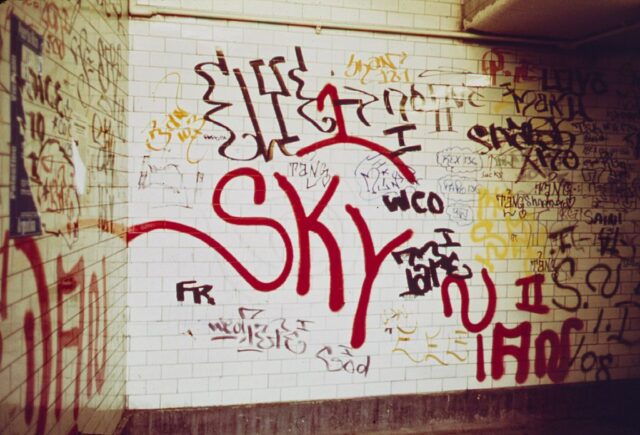
Around the same time, a vigilante group called Guardian Angels rose up in order to tackle crime in the subway system and protect its passengers. The organization specialized in unarmed combat and committing citizen arrests against muggers riding the subway.
Quickly gaining popular support, their numbers swelled. By February 1980, around 220 members wore the colors of Guardian Angels, cooperating tightly with the police in an attempt to suppress crime within the NYC subway.
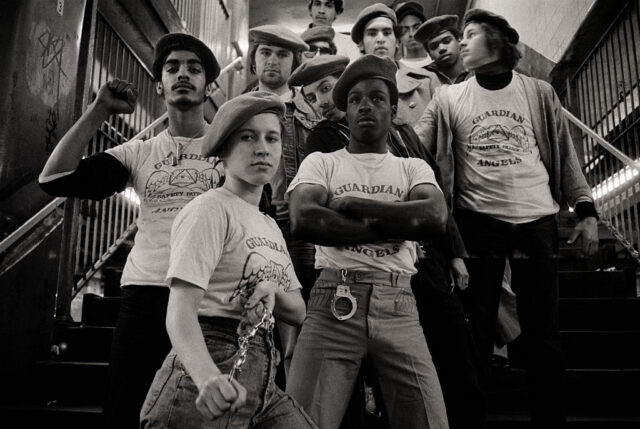
However, it was the system itself that needed fixing – malfunctions were common and many of the cars were poorly lit. Due to budget cutbacks, the trains were shortened, causing outrage among passengers. On top of that, windows were frequently smashed by hooligans.
In 1980 there was $2 million dollars worth of damage from broken windows alone, not counting the repairs concerning infrastructure.
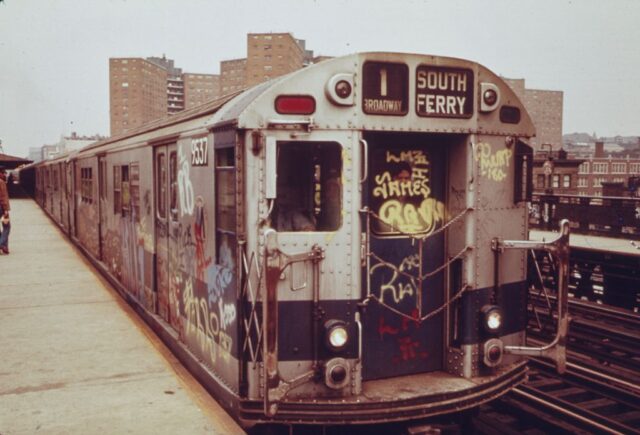
In a desperate attempt to regain popularity, the MTA launched a new transit line in 1978, called Train to the Plane, which provided benefits such as a 24/7 police escort. The line was intended to transfer passengers along Sixth Avenue in Manhattan, leading them to a shuttle bus on Howard Beach that linked directly to JFK Airport.
Despite its best efforts, the MTA failed to attract enough passengers and was shut down in the 1990s, as rider rates continued to drop.
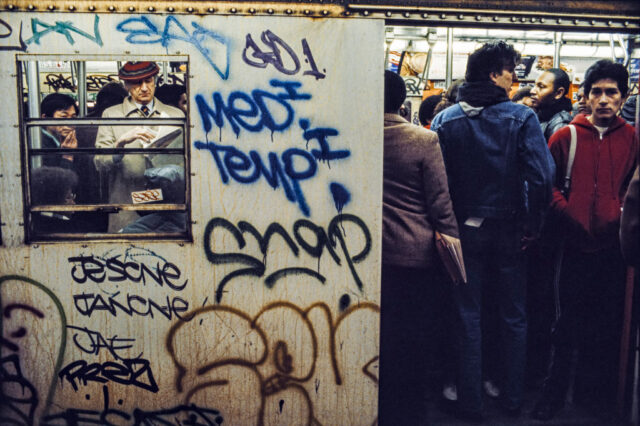
Parallel to this, a growing graffiti subculture was on the rise in the 1970s. This would lead to the city’s Mayor John Lindsay to declare the first war on graffiti in 1972. Due to a lack of funding, no significant activity was taken to tackle the numerous graffiti artists in their mission to cover every inch of the subway cars with various stencils, tags, or turf markings.
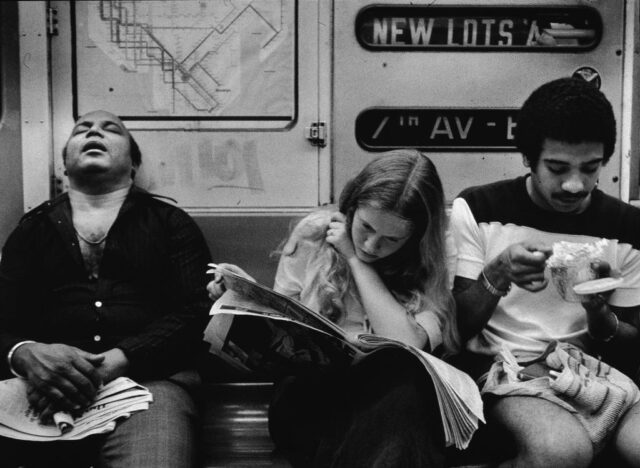
The authorities seemed to be losing control over the subway, with murders and robberies becoming a common sight. That was until they decided to use a different approach. In the early 1980s, a new doctrine was instigated.
Dubbed the “Broken Window” theory, the policy’s aim was to focus more on the environment in which crime flourished than on felons. It was the brainchild of two social scientists − James Q. Wilson and George L. Kelling – who first published their theory in March 1982 in an article for The Atlantic Monthly magazine.
The duo suggested that if a broken window isn’t fixed immediately, it encourages vandals to take further action, breaking more windows and eventually occupying the whole building. What this parable proposed was that in order to reduce serious crime within the subway system, the authorities had to battle the minor offenses, such as petty theft, graffiti, fare evasion, or in this case, an act of breaking a window.
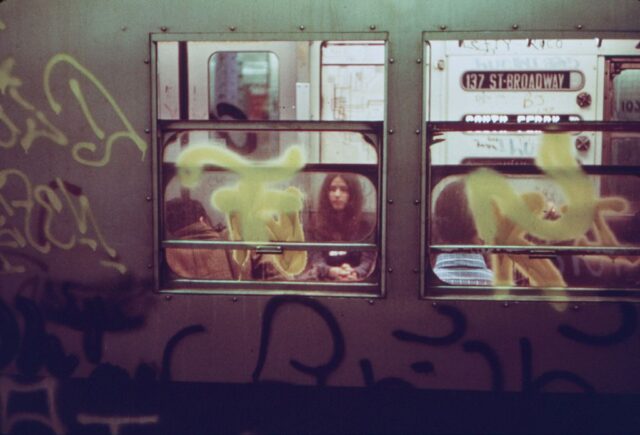
Wilson and Kelling believed that in order to eradicate crime, one must first create an environment that discourages it. This meant that the broken window was to be repaired immediately, graffiti was to be covered with paint as soon as possible, and minor offenders should be apprehended. It also meant the introduction of strict measures, together with the use of “stop, question, and frisk” by the NYC Police Department, who were given higher authority.
The theory proved to be highly controversial, and the scientists behind it were accused of being advocates of a zero-tolerance approach.
Even though it took more than a decade for their theory to be effectively put to practice, in the 1990s police commissioner William Bratton and Mayor Rudy Giuliani began introducing measures suggested by Wilson and Kelling.
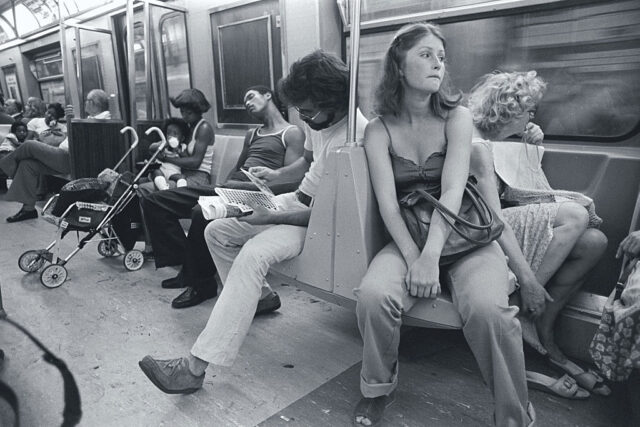
Accusations of zealotry conducted by the Police Department once again surged, causing the authors of the theory to make an official statement in 2014, insisting on the difference between the broken window effect and zero tolerance:
“Critics use the term “zero tolerance” in a pejorative sense to suggest that Broken Windows policing is a form of zealotry—the imposition of rigid, moralistic standards of behavior on diverse populations. It is not. Broken Windows is a highly discretionary police activity that requires careful training, guidelines, and supervision, as well as an ongoing dialogue with neighborhoods and communities to ensure that it is properly conducted.”
More from us: 117 Years Ago, the New York Subway Opened- And There’s Still Major Issues
Whether the theory is justified or not remains a subject of heated debate among social scientists. However, from the mid-1990s to this day, crime rates in the New York City subway system are at a record low. While the deteriorating trend continues, more and more subway users are reported every year, breathing new life into the old underground transport system.
Nikola Budanovic is a freelance journalist who has worked for various media outlets such as Vice, War History Online, The Vintage News, and Taste of Cinema. His main areas of interest are history, particularly military history, literature and film.
